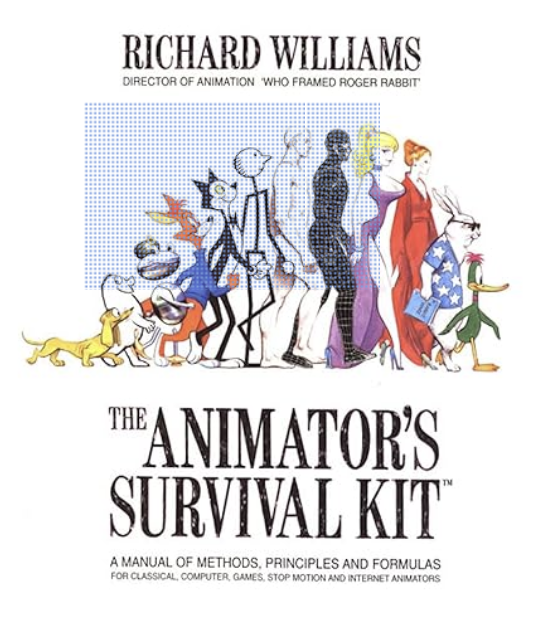Books for Artists
7 art books I found useful when working as artist and when directing other artists. Mostly books about concepts and techniques that stay with you over the course of your career.
Light for Visual Artists - Richard Yot
This is a great book for technical artists and render programmers who mostly approach light from the technical side. This book presents how artists work with light: How to achieve moods, frame a scene and add visual interest - just with lights. One of the best books out there on the topic. This is probably my favorite book on lighting.
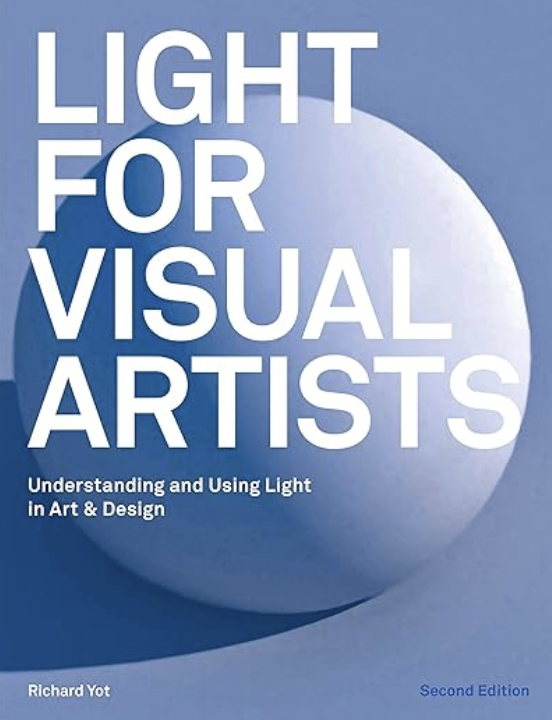
Color and Light: A Guide for the Realist Painter - James Gurney
This book is primarly focused on painting, which is a good thing, because in painting you can do things with light that are challenging to do in physically based approaches, us used in games or film. Why does it matter? Because painting, and especially classical painting, still has a huge influence on modern art, including film and games.
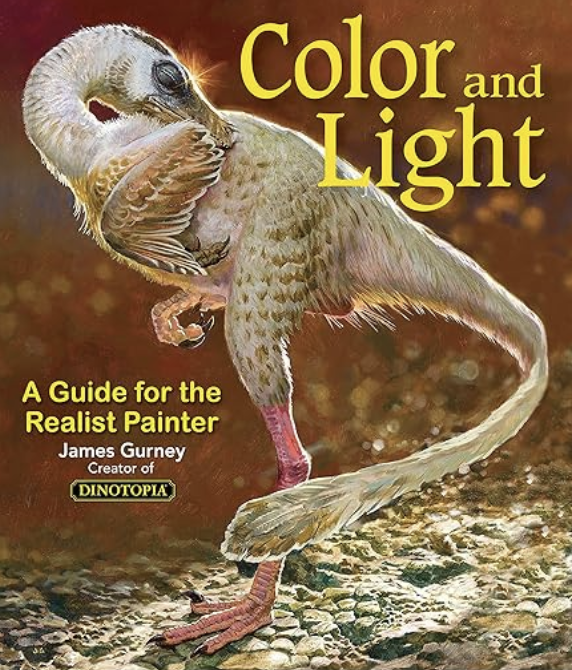
Digital Lighting & Rendering - Jeremy Birn
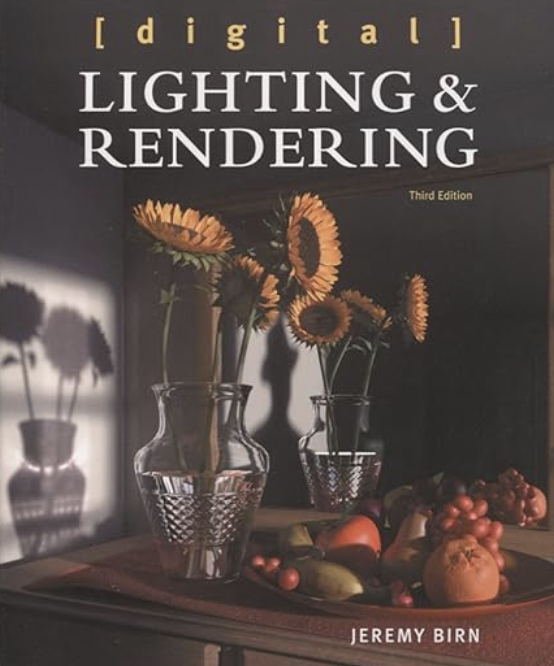
How to Draw - Scott Robertson & Thomas Bertling
An essential read for every aspiring concept artist, but also a very comprehensive guide on the topic of drawing: processe, perspective, framing, composition, volumes, silhoutte, shading - it's all covered in here, with practical tips and many pictures.
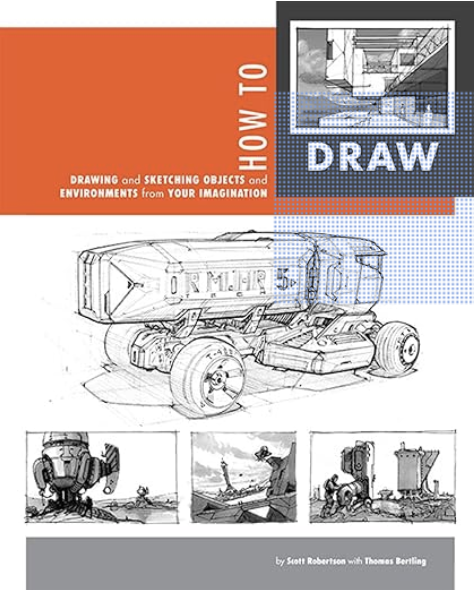
How to Render - Scott Robertson & Thomas Bertling
The follow up book of How to Draw where the topic is again rendering and lighting. There's some overlap with the other artistic books on lighting, but it adds a lot of practical hands-on advice.
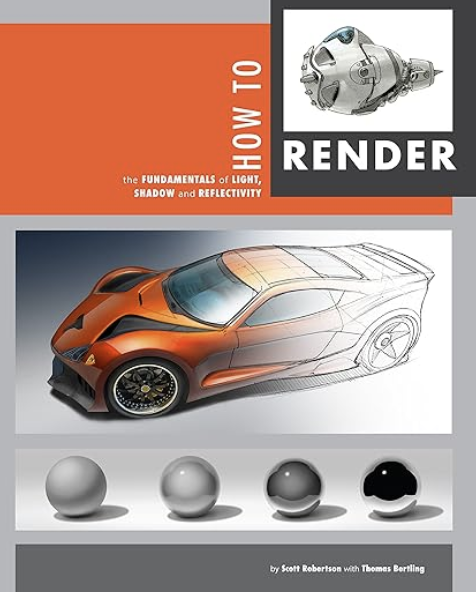
Anatomy for Sculptors - Uldis Zarins & Sandis Kondrats
This book presents a modern, practical approach to sculpting human anatomy. It feels very much made with digital artists, who work in e.g. ZBrush, in mind, featuring many colorful illustrations of human proportions, silhouettes, muscle groups and the body in motion.
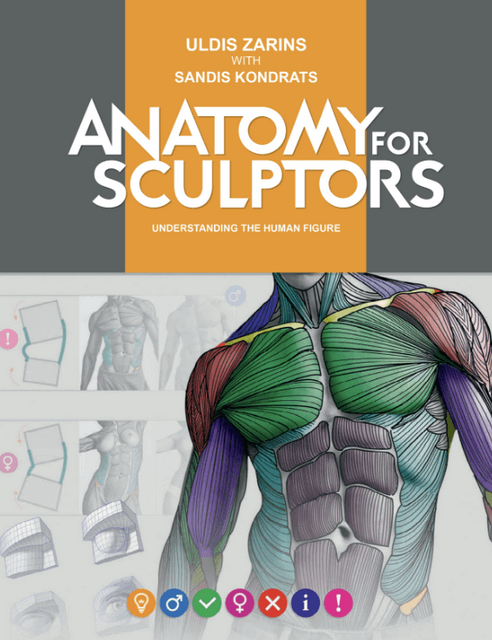
The Animator's Survival Kit - Richard Williams
This book is truly a classic that should be found in every animator's bookshelf. Even if you're not working on cartoons, many of the principles hold true, such as on motion, motion dynamics and poses.
